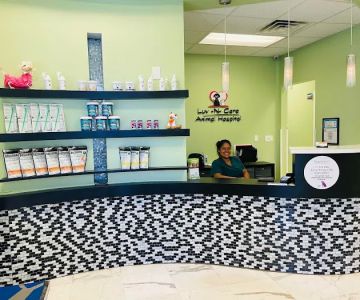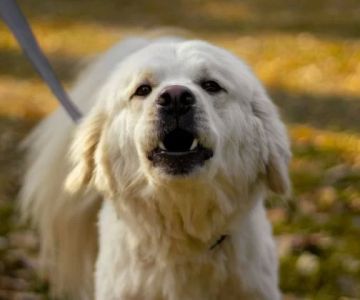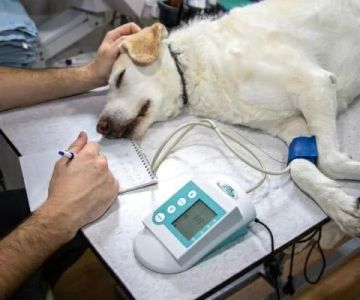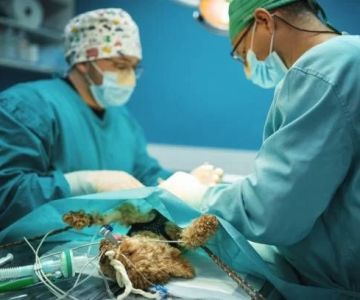- 1-Understanding Post-Urinary Surgery Recovery
- 2-Immediate Care After Surgery
- 3-Managing Pain and Monitoring Symptoms
- 4-Diet and Hydration Guidelines
- 5-Emotional Comfort and Rest
- 6-Real-Life Recovery Stories
- 7-When to Seek Professional Help
1. Understanding Post-Urinary Surgery Recovery
Knowing how to help pets post-urinary surgery recover is crucial for their comfort and long-term health. Urinary surgeries—whether to remove stones, repair blockages, or treat infections—can be stressful for both pets and owners. Recovery typically involves close monitoring, gentle handling, and adherence to your veterinarian’s recommendations. The goal is to ensure your pet heals safely while preventing complications like infections or recurring urinary issues.
Every pet’s recovery timeline varies depending on the surgery type and overall health. Generally, most animals start to feel better within a few days, but full recovery may take several weeks. Being patient, observant, and consistent with care routines makes all the difference.
2. Immediate Care After Surgery
2.1 The First 24 Hours
After surgery, your pet may be groggy or disoriented from anesthesia. Keep them in a quiet, warm space away from other animals and loud noises. Ensure that they can rest comfortably on a clean, soft surface. Follow your vet’s pain management instructions carefully—never give human medication unless prescribed.
2.2 Monitoring the Surgical Site
Inspect the incision area daily for redness, swelling, or discharge. A small amount of bruising is normal, but any foul odor or oozing indicates a possible infection. To prevent licking or scratching, use an Elizabethan collar or recovery suit as directed. Clean the wound gently with prescribed antiseptics and avoid unnecessary touching.
3. Managing Pain and Monitoring Symptoms
3.1 Recognizing Discomfort
Pets can’t tell us when they’re in pain, so it’s important to watch for signs like restlessness, hiding, whining, or loss of appetite. Dogs might pace or lick excessively, while cats may withdraw or refuse to use the litter box. Administer medications on schedule and contact your vet if pain seems persistent or severe.
3.2 Checking Urination Habits
After urinary surgery, one of the most important parts of recovery is monitoring urination. Frequent, small amounts of urine are typical early on. However, if your pet strains without producing urine, shows blood in the urine, or cries while urinating, contact your veterinarian immediately. These could signal an obstruction or infection that requires prompt attention.
4. Diet and Hydration Guidelines
4.1 Encouraging Fluid Intake
Hydration is key to recovery. Ensure your pet always has access to clean, fresh water. You can encourage drinking by adding low-sodium broth or offering wet food. Some pets prefer running water—pet fountains are a great option for cats.
4.2 Nutritional Support
Your veterinarian may recommend a special urinary care diet designed to reduce stone formation and support bladder health. Avoid feeding table scraps or unapproved treats, as they may irritate your pet’s system. Gradually reintroduce normal food only after consulting with your vet. For individualized diet planning, consult professionals at Hidden Brook Veterinary, where nutritional guidance is tailored to each pet’s needs.
5. Emotional Comfort and Rest
Emotional recovery is just as important as physical healing. Keep your pet calm and comfortable—avoid overstimulation or excessive handling. Soft music, gentle petting, and maintaining familiar routines can help them relax. Many owners find that pets become more affectionate after recovery, as the bond of care deepens through the process.
Providing mental stimulation through soft toys or gentle interaction helps maintain a positive mood, but avoid vigorous play until your vet confirms full healing.
6. Real-Life Recovery Stories
Consider the story of Max, a Labrador retriever who underwent bladder stone surgery. His owner followed strict rest and hydration protocols, along with a specialized diet, and within two weeks, Max was happily walking around again. Similarly, Bella the cat recovered from urinary blockage surgery after her family worked closely with Hidden Brook Veterinary to adjust her diet and monitor hydration levels. Their diligence ensured a full recovery without complications.
These stories show that attentive care, patience, and professional guidance make recovery smoother and safer for pets of all kinds.
7. When to Seek Professional Help
If your pet shows any signs of distress—such as not eating, vomiting, urinating abnormally, or persistent lethargy—contact a veterinarian immediately. Early intervention prevents minor issues from becoming serious. Post-surgical checkups are also essential; your vet will check incision healing, urinary flow, and diet effectiveness.
For professional post-surgery support, Hidden Brook Veterinary offers comprehensive care plans tailored to recovery needs, from pain management to follow-up exams. Their experienced team ensures your pet receives the attention and compassion they deserve throughout recovery.











